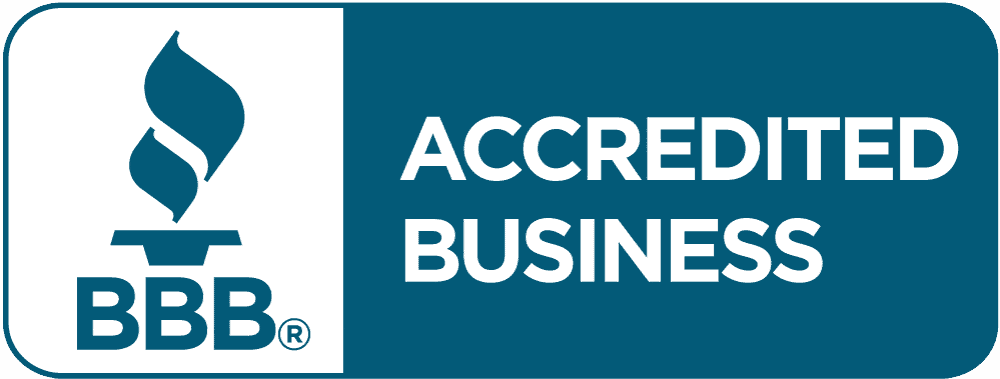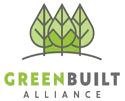Solar Terms Defined
Here are a few of the most common solar terms when you get started researching solar panel installation. Some you may know and some you may be learning for the first time! Wherever you are in your research, we hope these definitions help the process of going solar easier!
Also known as solar panels. Generates power by using solar panels to absorb energy from the sun and convert it into electricity.
Natural energy, such as bioenergy, geothermal resources, sunlight, water, wind, etc, that can be converted into cleaner energy. These energy sources are naturally replenished.
Energy sources that have a limited supply and will eventually run out. These energy sources include fossil fuels like oil and coal, and nuclear energy
Your carbon footprint is the total amount of greenhouse gasses that are produced from your actions. Going solar will reduce your household carbon footprint.
Solar arrays that are connected to the electricity grid and do not use any battery backup. Excess energy produced from the solar panels is sold back to the grid. Grid-tied systems are the most common type of solar system installation.
Solar systems not connected to the grid and utilizes a battery backup system. An off-grid system allows power to be used even if the grid goes down.
Also known as a hybrid system. A Grid-Tied System has the benefits of both a Grid-Tied Solar System and an Off-Grid Solar System. This system sells solar power back to the grid but can rely solely on the battery backup storage when the grid goes down.
These systems are free standing solar panels that are installed directly into the ground rather than mounted on the roof. To learn more about Ground Mounted Solar Systems, click here.
Solar systems with battery backup stores excess energy from the solar panels for later use. Battery backup systems can be used when the sun goes down, it is a cloudy day, or when the grid goes down.
EV stands for Electric Vehicles. EV Charging stations charge electric vehicles and hybrid electric vehicles. The charger pulls an electrical current from 240v on the grid or the grid it is hardwired to.
The Interconnection agreement serves as a contract between the homeowner and the utility company to allow the homeowner to access the power grid. This will enable the homeowner to sell excess power to the grid through Net=metering and receive a credit on their power bill. In Western North Carolina, Interconnection Agreements are most likely through Duke Energy.
During the day, solar panels may produce an abundance of energy, therefore the surplus can be sold back to the grid through Net-Metering. On the flip side, at night or on a cloudy day , the grid can provide supplement energy to power the home.
A Turnkey Solar Installation handles the entire project from designing the system, purchasing materials, permitting, installing, and wiring. Rhino Renewables is a proud Turnkey Solar Installer.
A device that converts energy generated by solar panels into electricity that the electrical grid uses.


